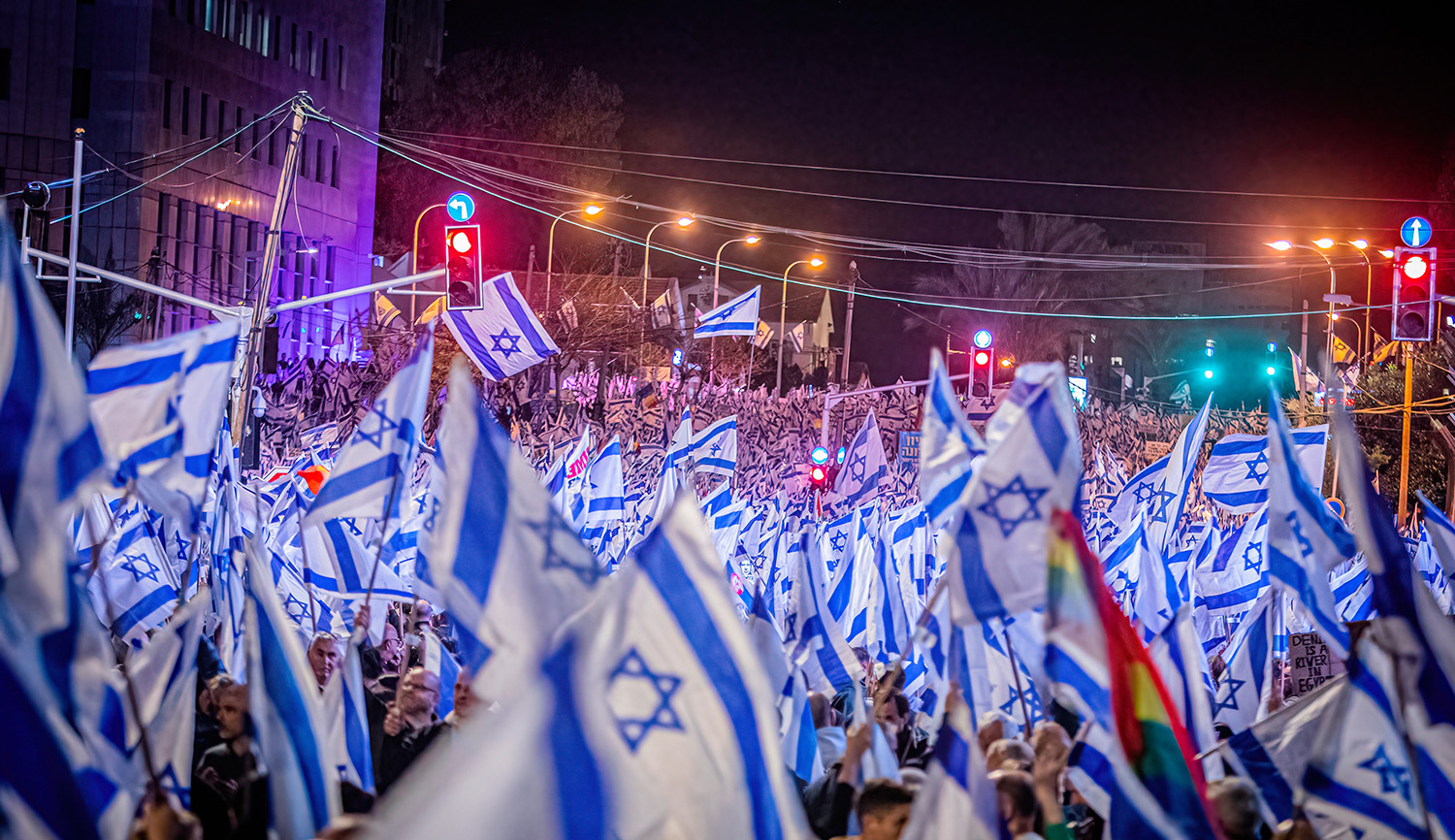Established in 1946 when funding for medical research was scarce, the Lasker award has gone to innovators ranging from Jonas Salk and Florence Sabin to Katalin Karikó and Drew Weissman, who pioneered the mRNA vaccine. Susan Hertog tells the story of Albert and Mary Lasker, whose contribution to the science of medicine went far beyond the prize:
Albert was born in 1880 and raised in the then-backwater town of Galveston, Texas. His father, Morris Lasker, a punitive and dominating man, was a German Jewish refugee who had earned wealth and prominence by riding the coattails of the Civil War railways, converting his local flour mill into a national commodity.
It was clear to Albert, even as a child, that he must conform to his father’s wishes or leave home. At twelve, Albert started a newspaper; at sixteen, he quit school; and, after a stint reporting for small Southern newspapers, he was ready to trade its drudgery for big-league journalism. . . . Morris Lasker, declaring journalism a stain on the family name, offered Albert a deal. He would secure his son a job in advertising, an “honest” profession, and perhaps, in time, reconsider. It was a small victory, but a ticket out. Certain that he could beat his father at the game, Albert vowed never to return.
In a twist that neither father nor son could have foreseen, advertising sales became Albert’s career—indeed, he revolutionized the industry.
In 1940, Albert married Mary Woodward, a Wisconsin Protestant whose family traced its lineage back to the Mayflower. Following World War II, the couple devoted themselves to funding and raising money for medical research, and, in Mary’s case, lobbying for government investment in the same.
More about: American Jewish History, Medicine, Philanthropy, Science


